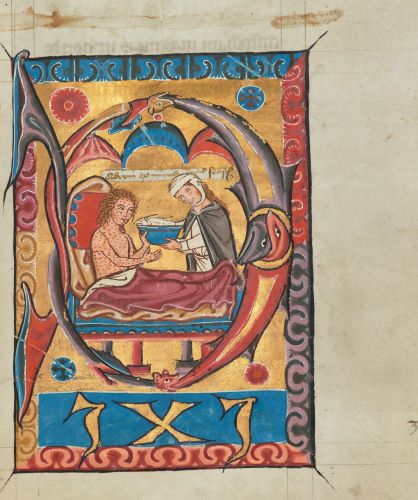

If you know one thing about the European Middle Ages, chances are, it’s the Plague.

By Dr. Larisa Grollemond
Assistant Curator, Manuscripts Department
J. Paul Getty Museum
Usually, when people refer to the Plague they’re talking about a really specific, ten(ish)-year period beginning in the late 1340s when a deadly illness swept across Europe, causing mass death and destruction. Medievalists usually call this specific outbreak the “Black Death.”
But that’s only part of the Black Death’s story.
Recently, historian Monica Green and others studied plague victims buried in a London cemetery. Their research suggests that the bacteria that caused the Black Death in Europe can be traced back to the ascendant Mongol Empire in 13th-century Asia—a much longer lineage than previously thought.

They were even able to identify the likely origin point: infected marmots from the Mongolian steppe. These squirrel-like animals hitched aboard grain wagons making their way across the Tian Shan mountains to Baghdad, and eventually into Europe via major seaports in Crimea and Italy. It was a truly global pandemic.

And while the Plague was by far the most deadly in the medieval period, it wasn’t the first time that the bacteria that caused it made an appearance. Scientists have genetically traced outbreaks to as far back as 3000 BCE in places ranging from China to the Roman Empire.
And there have been plenty of outbreaks since, all over the world. The most recent was in Madagascar in 2017.
Originally published by The Iris, 08.17.2023, under a Creative Commons Attribution 4.0 International license.


